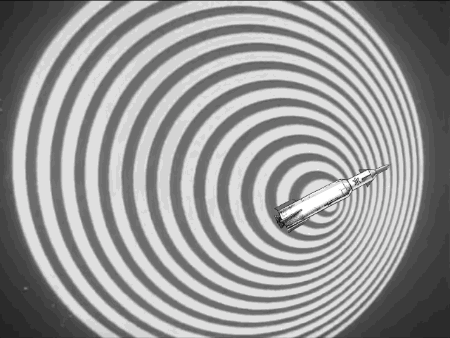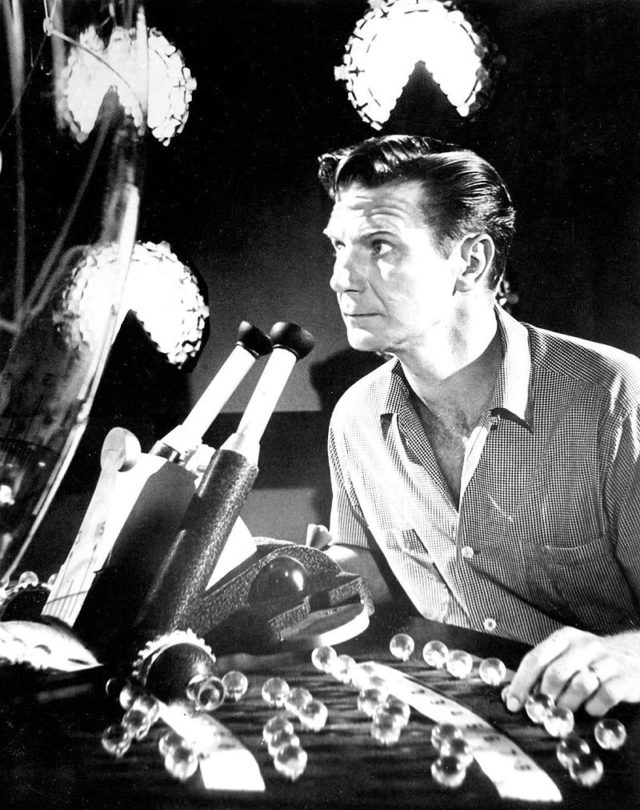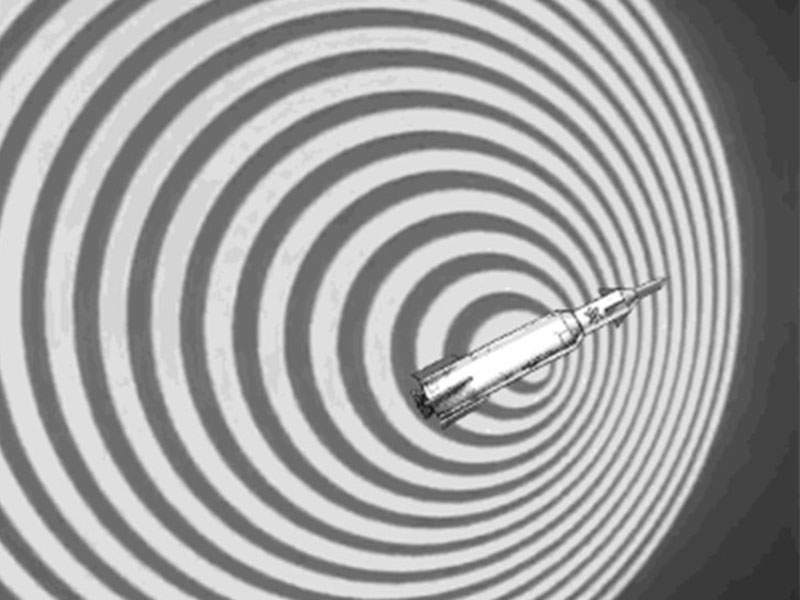
With the messy state of international affairs and over-the-top political drama worthy of universal facepalms and eyerolls, everybody is turning to their favorite dystopic show available for stream to get away from it all: The Leftovers. The Handmaid’s Tale. Even the Twin Peaks reboot. We all support the concept of Netflix and…escape-reality-for-a-crazier-and-darker-imaginary-place-to-feel-better-about-ourselves.
But all these shows wouldn’t have a platform to stand on without the Godfather of sci-fi TV, The Twilight Zone (1959–1964). Ahead of its time, it offered epic and chilling plot twists, some of which were too close for comfort.

Rod Serling, the mastermind behind the show, was a talented storyteller who conjured fantastical futures while simultaneously forcing his audiences to confront their current anxieties. A fierce opponent of media censorship, Serling turned to sci-fi writing when the genre received minimal critical attention, giving him and his team a fresh canvas to comment on anything, including the Cold War. The beauty of these Twilight Zone episodes is that they do not simply offer happy endings where war is averted and everyone survives. Instead, Serling and his writers turn these happy endings inside out to reveal an ugly truth that is at once revolting and delightful.
The early episodes of the series were not shy about exploring dark Cold War themes, particularly the existential threat of getting nuked. One of the show’s hidden gem episodes is “Third from the Sun” (1960, adapted from Rich Matheson’s short story of the same name), about two government scientists and their desperate plot to escape an inevitable nuclear war via spaceship. The episode begins with apocalyptic dialogue — Whoosh, up, over, and WHAMMO! — to indicate that the gears of war cannot be reversed and that a nuclear attack is expected in the next 48 hours. While one character tries to argue that the other side has less technical prowess to effectively retaliate — a nod to emerging nuclear strategic thinking at that time — the other cynically responds that first-strike capability would only result to a loss of 35 million lives, instead of 50 million. Later on, one of the protagonists who is part of the hydrogen bomb design team anguishes over the fact that he is a mere “cog in a wheel,” eager to escape a job that forces him to develop violent technologies (reminiscent of real physicists who expressed remorse over their contributions to nuclear weapons research), but also a planet hell-bent on destroying itself.
After a thrilling escape, the two scientists successfully board their getaway spaceship and travel 11 million miles to the next planet containing life, possibly aliens with similar physiology and culture.
The zinger: this new place is called Earth, the third planet from the Sun. Whoosh, up, over, and WHAMMO! The happy scientists are on their way to a new home, rife with its own nuclear dilemmas. As the narrator sheepishly observes, this is the eve of their new beginning, and the eve of their new end.

In some ways, this story is a middle finger to our yearning to escape, to find the easy way out of the hole we dug deep for ourselves. Fifty-seven years later since airing the episode, the American public has yet to escape nuclear confrontation, even managing to bring it back in vogue by entertaining the possibility of a new arms race or a war with an erratic nuclear weapon state. And despite social and scientific advances (heck, we now have mini-computers in our pockets!) we are still stuck in same nuclear quagmire. The Unites States and Russia continue to point nukes at one another, relying on age-old command and control systems susceptible to human flaws. The President of the United States still have blanket authority to use nuclear weapons, without Congress approval. Our nuclear policies have not changed one bit.
Good science fiction, while seemingly absurd, always holds a nugget of truth. The aliens, the ray gun, the time machine — these all serve as a break from our dull reality, as permission to imagine alternative futures. But creepy aliens or superpowers aside, the crux of the plot is always a reflection of our present human condition: whether today or 3,000 light years from now, we will always wrestle with our flaws despite our best attempts to run away from them.
“Third from the Sun” is the perfect reminder that our present and future selves are in some ways still trapped in the past. Despite our eagerness to dodge reality — may it be with a spaceship or through a favorite streaming service — it will always come around to bite us.

